Located in the southwestern Chinese province of Chongqing, the Dazu Rock Carvings are a magnificent collection of religious sculptures and carvings dating back to the 7th century AD. This UNESCO World Heritage Site is a testament to the artistic and cultural richness of ancient China, offering a unique blend of Buddhist, Taoist, and Confucian influences.
Get your dose of History via Email
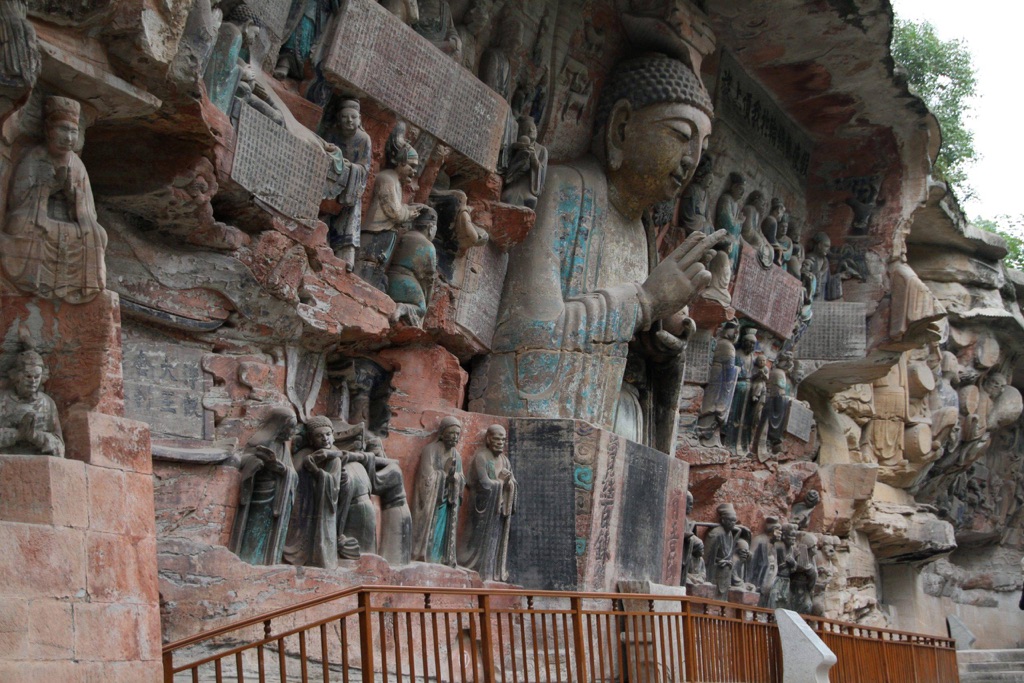
Historical Background
The Dazu Rock Carvings were created over a span of 1,300 years, beginning in the late Tang Dynasty (618-907 AD) and continuing through the Song (960-1279 AD), Yuan (1271-1368 AD), Ming (1368-1644 AD), and Qing (1644-1912 AD) dynasties. The carvings are the work of various civilizations, each contributing their unique artistic styles and religious beliefs. The site comprises more than 50,000 statues and over 100,000 Chinese characters of inscriptions and epigraphs.
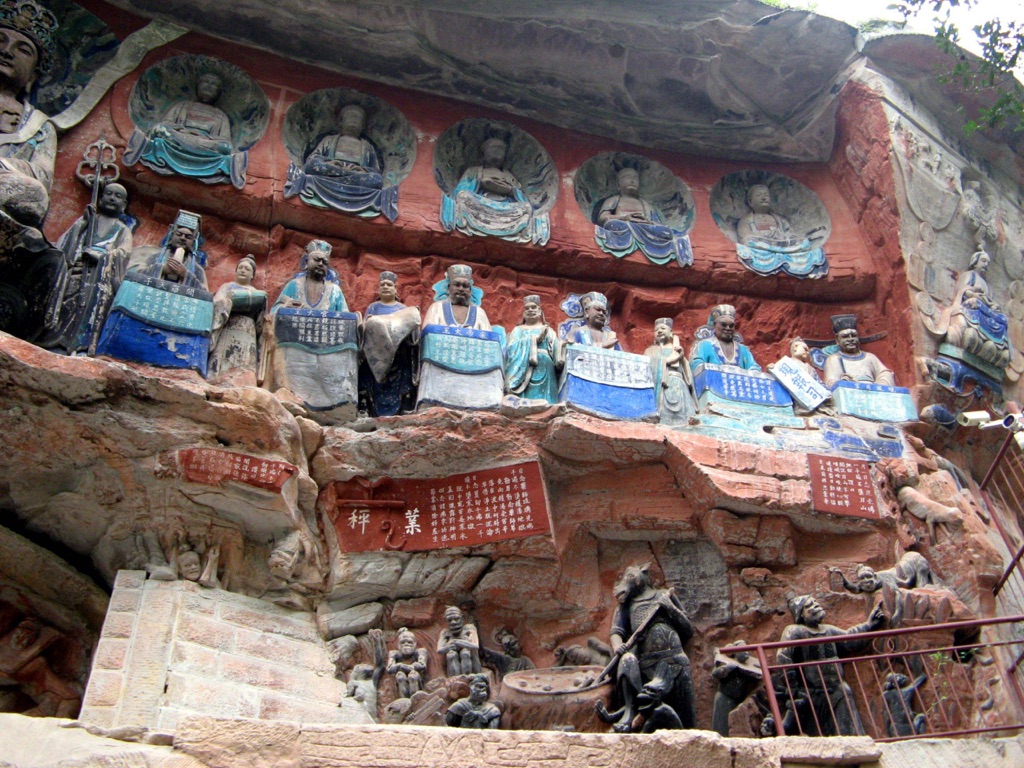
Architectural Highlights
The Dazu Rock Carvings are spread across 75 protected sites, with the carvings at Mount Baoding and Mount Beishan being the most notable. The carvings were executed on cliff faces, in caves, and on rock surfaces, using a combination of techniques such as chiseling, scraping, and polishing. The carvings range in size from minute figures to colossal statues over 7 meters in height. The materials used were largely local sandstone and limestone, which were abundant in the region.
The carvings at Mount Baoding are known for their intricate details and vivid depictions of Buddhist teachings, while those at Mount Beishan showcase a mix of Buddhist and Taoist themes. The Wheel of Reincarnation at Mount Baoding and the Thousand-Hand Bodhisattva at Mount Beishan are among the most iconic sculptures at the site.
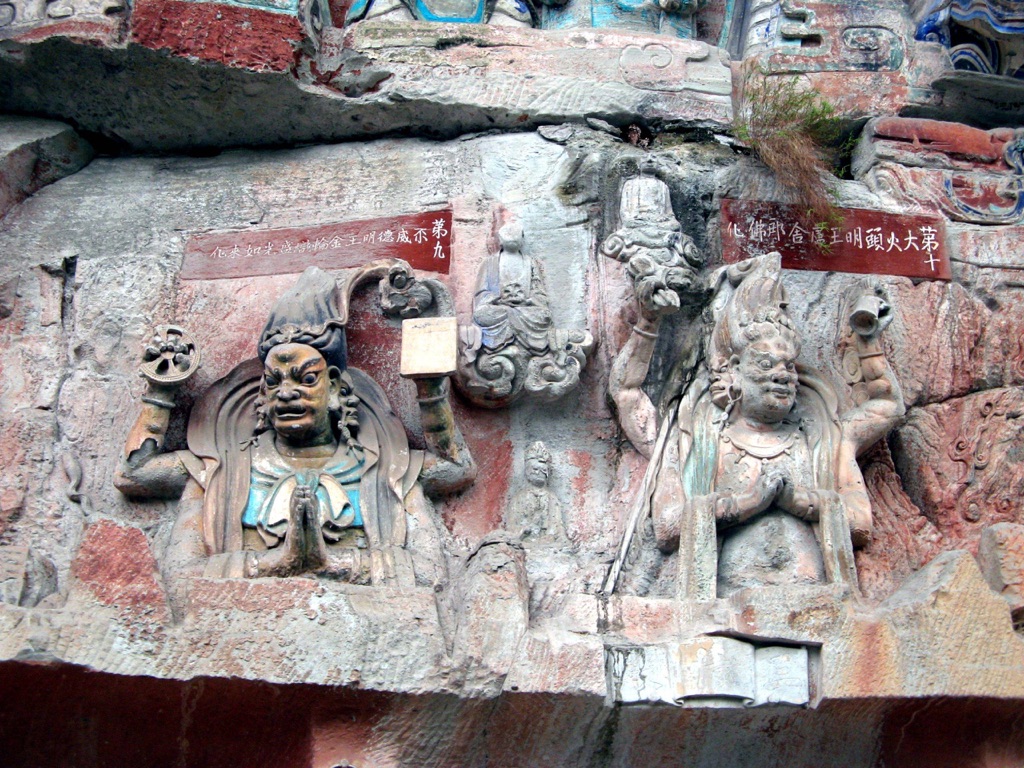
Theories and Interpretations
The Dazu Rock Carvings are believed to serve both religious and educational purposes. They depict scenes from Buddhist sutras, Confucian classics, and Taoist scriptures, providing insights into the religious beliefs and social life of the period. The carvings also reflect the harmonious coexistence of Buddhism, Taoism, and Confucianism in ancient China.
The dating of the carvings has been established through historical records and stylistic analysis. The carvings are also an astronomical calendar, with the orientation of certain sculptures aligning with the solstices and equinoxes.
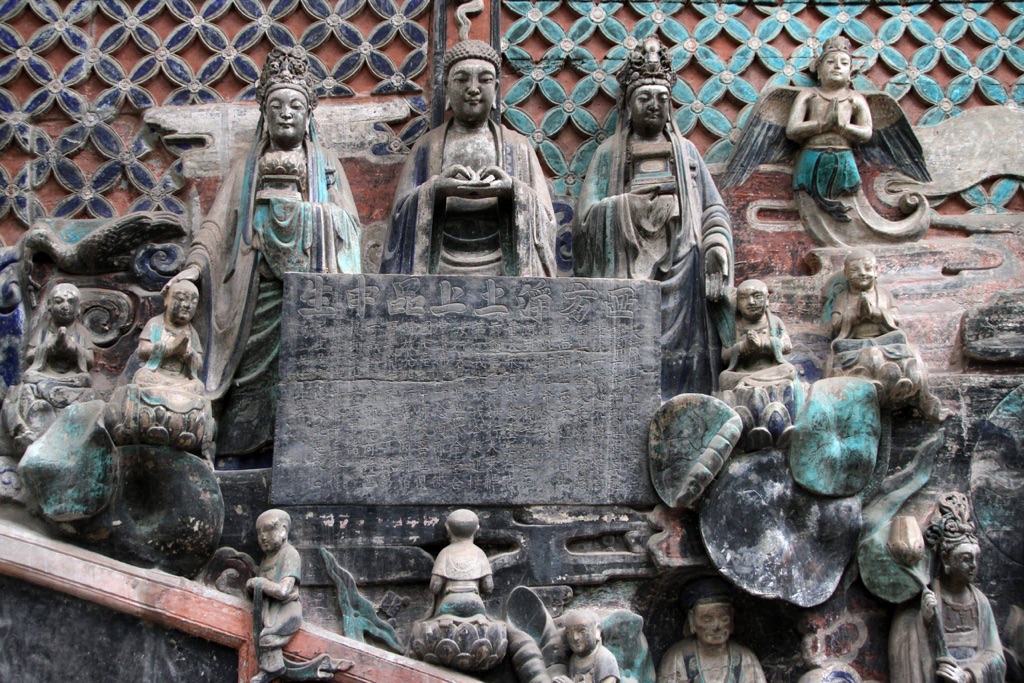
Good to know/Additional Information
The Dazu Rock Carvings are not only an artistic marvel but also a treasure trove of ancient Chinese medical knowledge. The carvings depict various medical scenes, including childbirth, acupuncture, and herbal treatments, providing valuable insights into the medical practices of the time.
Despite the cultural revolution and natural weathering, the Dazu Rock Carvings have retained their original color and form, thanks to the region’s favorable climate and the government’s conservation efforts. Today, the site is a popular tourist destination, attracting history buffs, art lovers, and spiritual seekers from around the world.


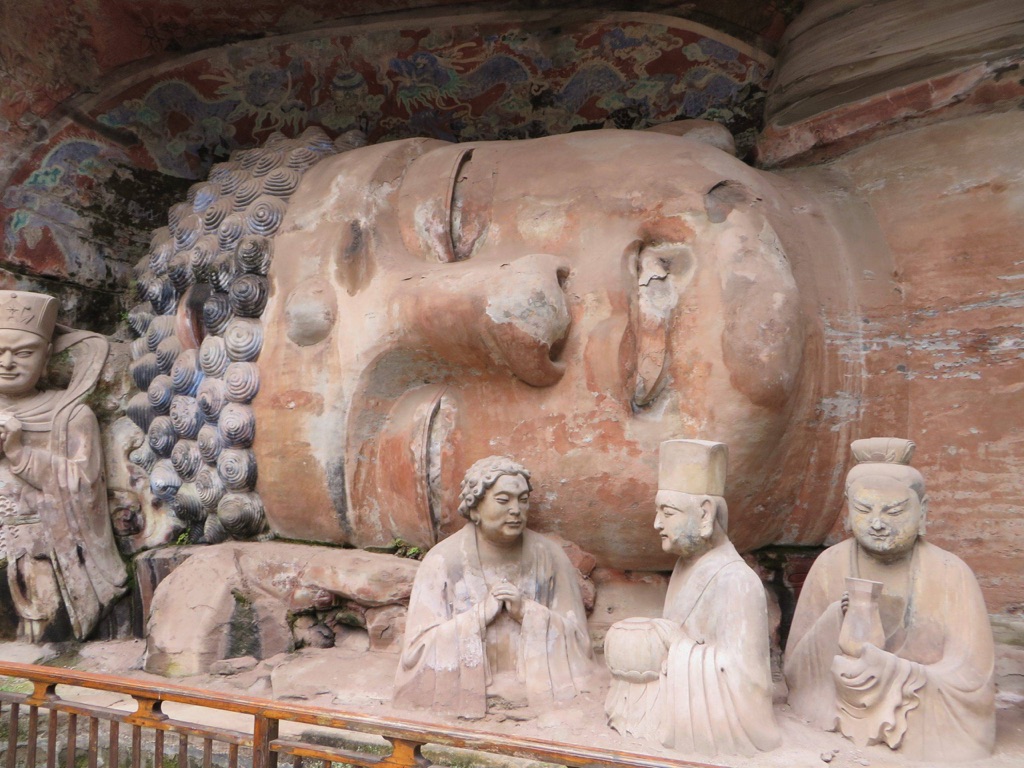
I want to sleep as peacefully as the big head of Buddha.
Gorgeous and beautiful carving. Would love to see it in person.